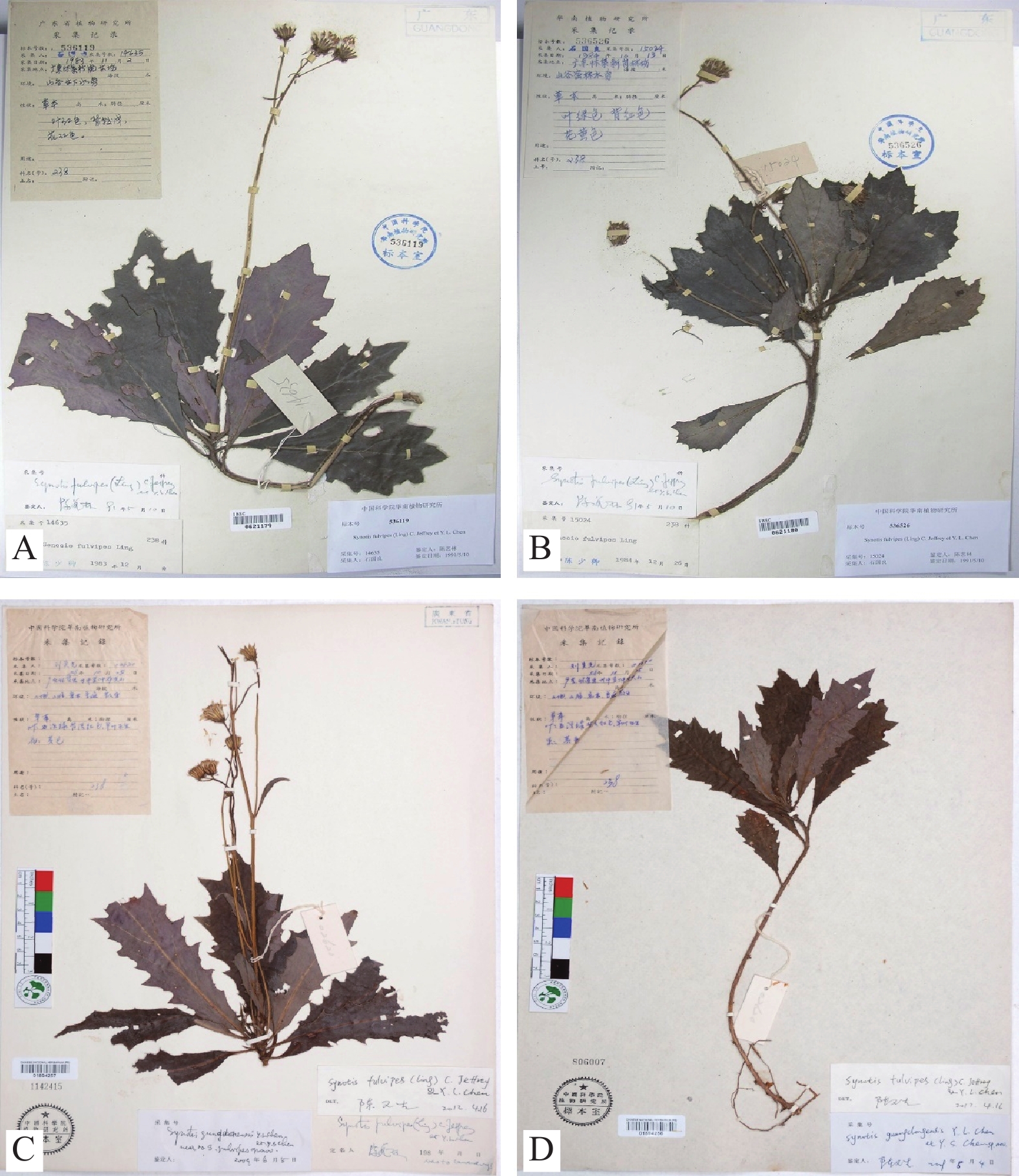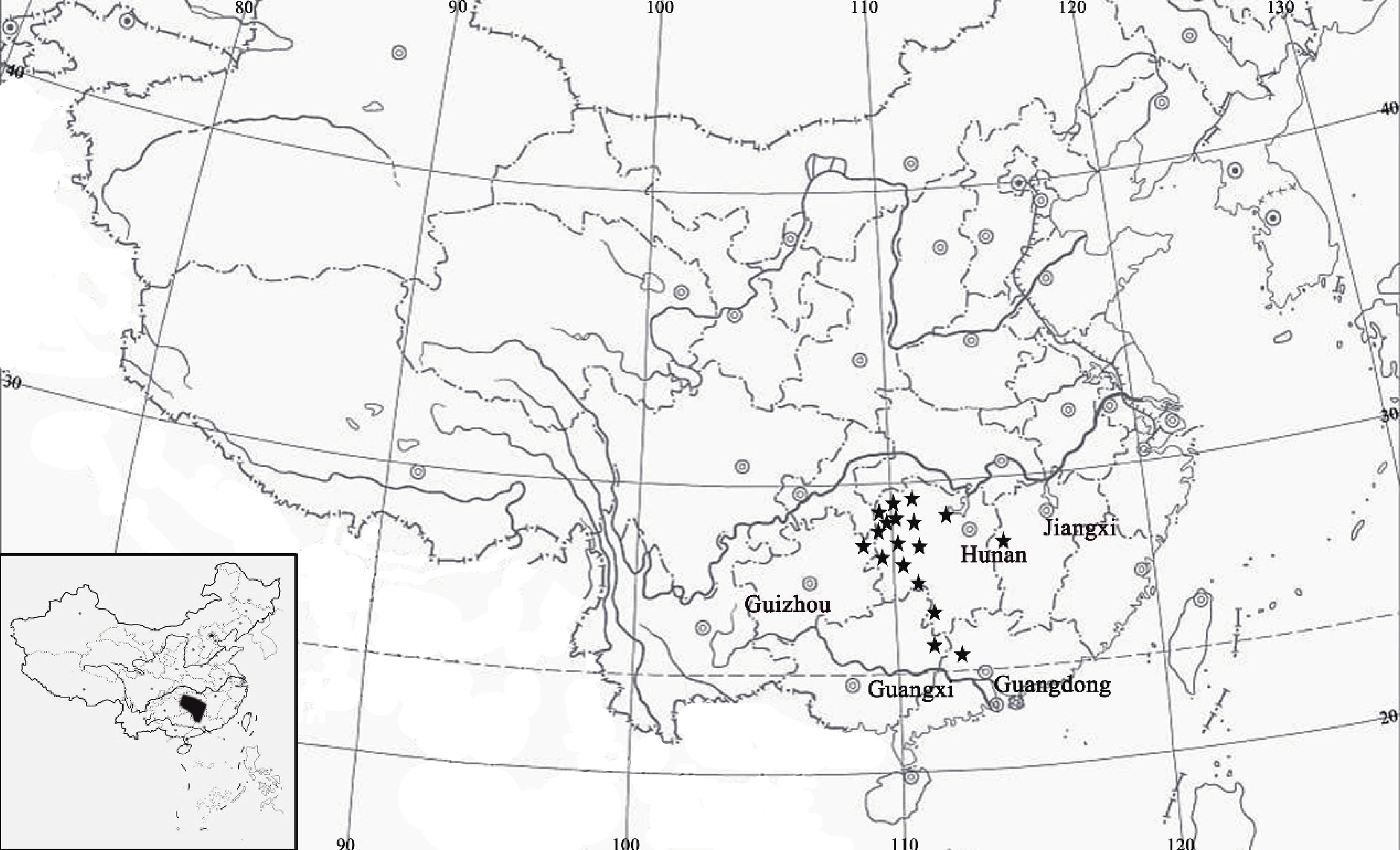-
菊科(Asteraceae)是世界、也是中国种子植物最大和最进化的科之一,约1000属,25 000~30000种,广布全世界,热带较少[1]。菊科千里光族(Senecioneae)是中国物种数量较多的一个族,国内约含23属457种[2],其中,合耳菊属约60种,国内产约47种[3-4],是菊科千里光族的一个中型属,多为草本或者亚灌木,直立,头状花序黄色。该属曾被长期归入千里光属(Senecio L.),Jeffrey和Chen因为其亚灌木的生长习性,尤其因为其花药基部具有膨大的花药领和长尾状的不育组织特征,与千里光属明显有别而将其独立为属[3]。该属部分种如红缨合耳菊[Synotis erythropappa (Bureau & Franch) C. Jeffrey & Y. L. Chen]是民间常用的药材[5],并且该属合耳菊系许多种如昆明合耳菊[Syn. cavaleriei (Lévl) C. Jeffrey & Y. L. Chen]、滇南合耳菊(Syn. austroyunnanensis C. Jeffrey & Y. L. Chen)和肇骞合耳菊(Syn. changiana Y. L. Chen)等,因叶较大且往往集生枝顶,花葶明显,花序密集,舌花黄色亮眼而具有较大的观赏价值[6]。
在进行国产千里光以及合耳菊属的分类研究过程中,发现产于广东省西部怀集县有几号褐柄合耳菊标本。经查阅《中国植物志》[7]、《广东植物志》[8]以及《Flora of China》[9]后,发现均未记录广东省有该种植物,应为新记录种。该种的凭证标本现存于中国科学院华南植物园标本馆(IBSC)和中国科学院植物研究所植物标本馆(PE)。现报道如下:
-
褐柄合耳菊 Synotis fulvipes (Ling) C. Jeffrey et Y. L. Chen in Kew Bull. 39 (2): 294. 1984[3]. Senecio hunanensis Hand. -Mazz. in Notizbl. Bot. Gard. Berlin 13: 638(Nov. 1937), nom. illegit., non Ling (Jan. 1937). Type: China (中国), Hunan (湖南), Xupu (溆浦), Zijin Shan (紫荆山), 8 August 1929, S. S. Sin 564 (holotype: B, n.v.; isotypes: PE, W). (见附图1-A)
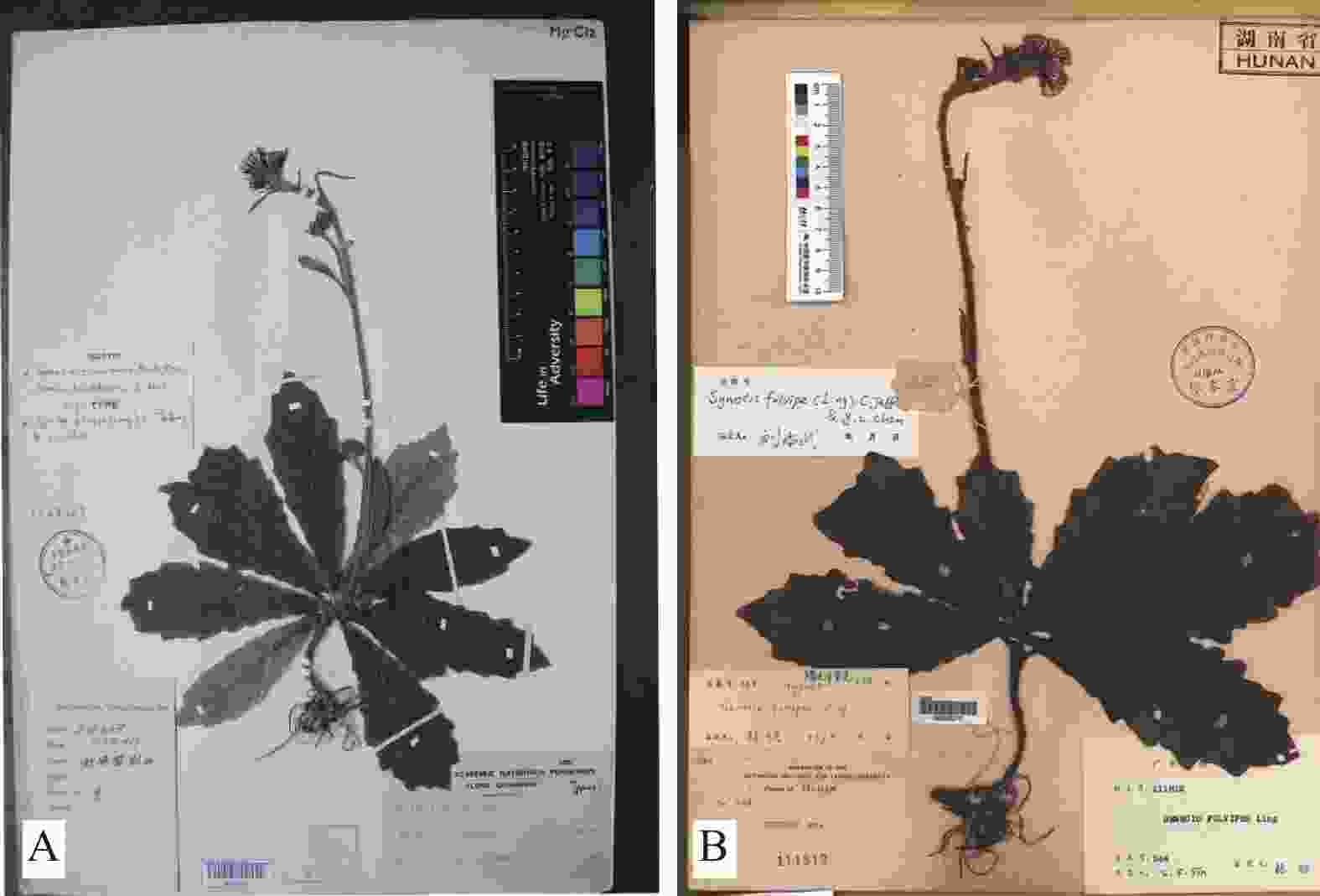
Figure 1. Synotis fulvipes A: Zijin mountain, Xupu county, Hunan privince, China, S.S. Sin 564 (holotype PE); B. Duplicate (isotype IBSC).
Senecio fulvipes Ling in Contrib. Inst. Bot. Acad. Peip. 5: 27, tab.8, fig. 6 (1938). Hand. -Mazz. in Oesterr. Bot. Zeitschr. 88: 311. (1939); S. Y. Hu in Quart. Journ. Taiwan Mus. 21: 46. (1968). Type:China (中国), Hunan (湖南), Xupu (溆浦), Zijin Shan (紫荆山), 8 August 1929, S. S. Sin 564 (holotype: PE; isotypes: IBSC, W). (见附图1)
-
本种为多年生直立草本;营养茎短;花茎单生,葶状,常被密黄褐色绒毛,有时被稀疏黄褐色绒毛至近无毛;叶常于花序基部集生,倒卵状披针形;叶缘常具粗或浅齿。头状花序黄色,辐射状,2-4个在花梗顶端排列成近伞房状花序,总苞片13-15[10]。
省级新分布记录凭证标本:广东,怀集,新岗林场,石国良 14635 (IBSC) (见附图2-A);广东,怀集,新岗林场,石国良15024 (IBSC) (见附图2-B);广东,怀集,刘美光02620 (PE) (见附图2-C);广东,怀集,刘美光02620 (PE) (见附图2-D)。
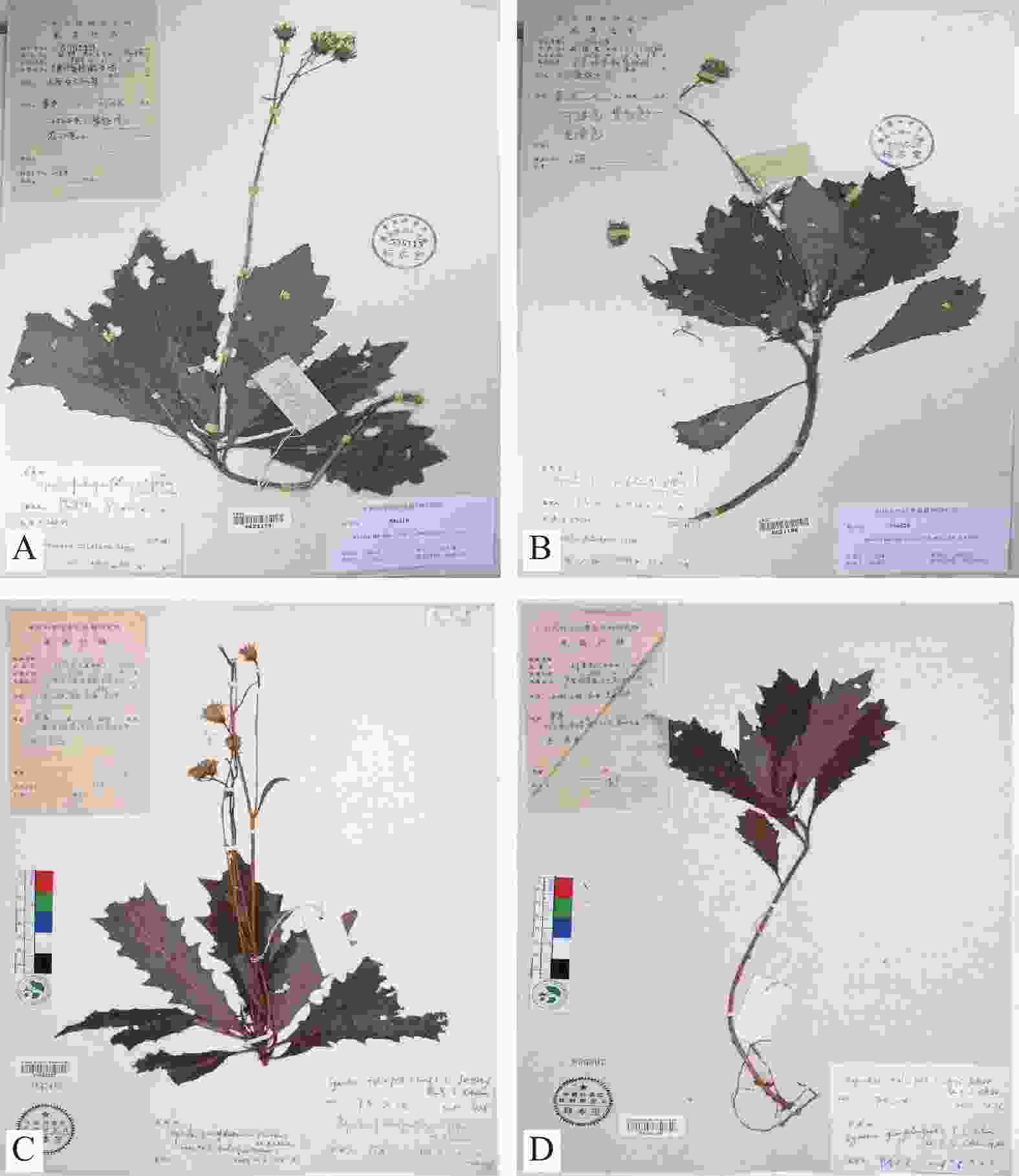
Figure 2. Synotis fulvipes A: Xingang foresty farm, Huaiji county, Guangdong province,China, G.L. Shi 14635 (IBSC); B: Xingang foresty farm, Huaiji county, Guangdong province, China, G.L. Shi 15024 (IBSC); C: Huaiji county, Guangdong province,China, M.G. Liu 02620 (PE) ; D: Huaiji county, Guangdong province,China, M.G. Liu 02620 (PE).
-
根据中国植物志记载,该种生于海拔1100m左右的山谷密林或者草坡,产于江西(武功山)、湖南(溆浦、源陵、花垣、衡阳、安化、大坪、怀化多地),模式采自湖南(溆浦)[10]。经标本检查发现,该种已有分布记录的海拔范围应为365-1300m。此外,该种在广西贺州(姑婆山)有少数标本记录,并且有植物爱好者在贵州铜仁亦拍摄到该种照片(中国植物图像库Plant Photo Bank of China PPBC) (http://ppbc.iplant.cn/tu/6228683)。经查《广西植物志》和《贵州植物志》,均无该种记录,亦应为广西和贵州两省的新分布记录,由此可见,该种潜在的分布范围可能更大。根据现有的记录和报道,尤其依据标本记录,绘制了该种的地理分布图(见附图3)。
-
菊科是种子植物第一大科,在地球上广泛分布,由于其种类繁多,形态各异,有时候甚至于组内、种间都难以辨别。此外,由于我国现代分类学工作起步较晚,某些菊科类群的工作仅局限于蜡叶标本和部分区域的野外调查,并不能很好的囊括所有的居群,进而造成菊科植物有很多新种或新记录种有待发现和报道。
我国华南地区具有丰富的菊科植物种类,广东及海南共有栽培归化的菊科植物114属,270种,18变种[11],其中广东具有丰富的乡土菊科资源,在各类生境中均有分布,并应用于城乡公园等绿地中[12]。近几年广东省菊科新记录也时有发现[13],由此可见广东省菊科植物资源较为丰富。褐柄合耳菊分布于广东省西北部的怀集县,由于其地理位置的相对偏僻,地方植物资源调查力度不足,可能导致很多未知种或新记录种无法得以及时报道。建议相关部门加强对广东省相关偏远的地区,尤其重点针对一些生物多样性较高的地区如地方保护区、天然林场等开展新一轮的植物资源调查。
本文基于模式标本,通过对相关文献的梳理和新记录标本的检查,发现褐柄合耳菊在广东省的新记录分布,为广东省生物多样性的认识与保护提供了较为重要的科学依据,同时希望能为后续学者开展相关工作提供宝贵资料。
A Newly Recorded Species of Genus Synotis (Asteraceae: Senecioneae) from Guangdong Province, China
doi: 10.12172/202112250001
- Received Date: 2021-12-25
- Available Online: 2022-07-21
- Publish Date: 2022-10-26
-
Key words:
- Asteraceae /
- Synotis /
- Synotis fulvipes /
- Xingang forestry farm /
- A new record
Abstract: Based on specimen examination and literature study, a new record species (Synotis fulvipes (Ling) C. Jeffrey & Y. L. Chen) of the genus Synotis (Clarke) Jeffrey & Chen was reported, which was distributed in Huaiji county, northwest Guangdong province, China. This discovery further enriched the plant diversity and ornamental plant resources in Guangdong province. In this paper, the morphological description, specimen vouchers were provided, and geographical distribution of the species in China was further clarified.






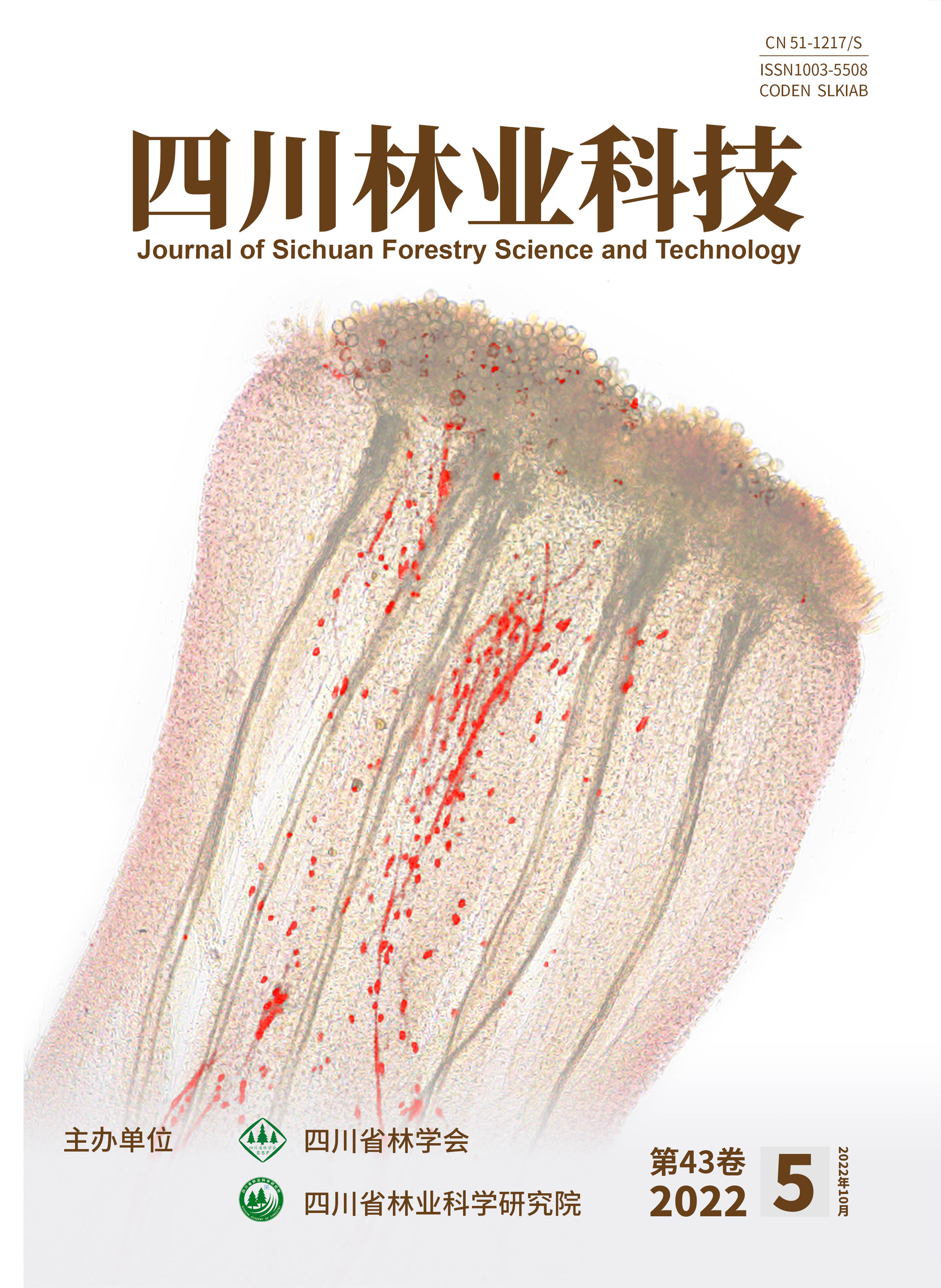


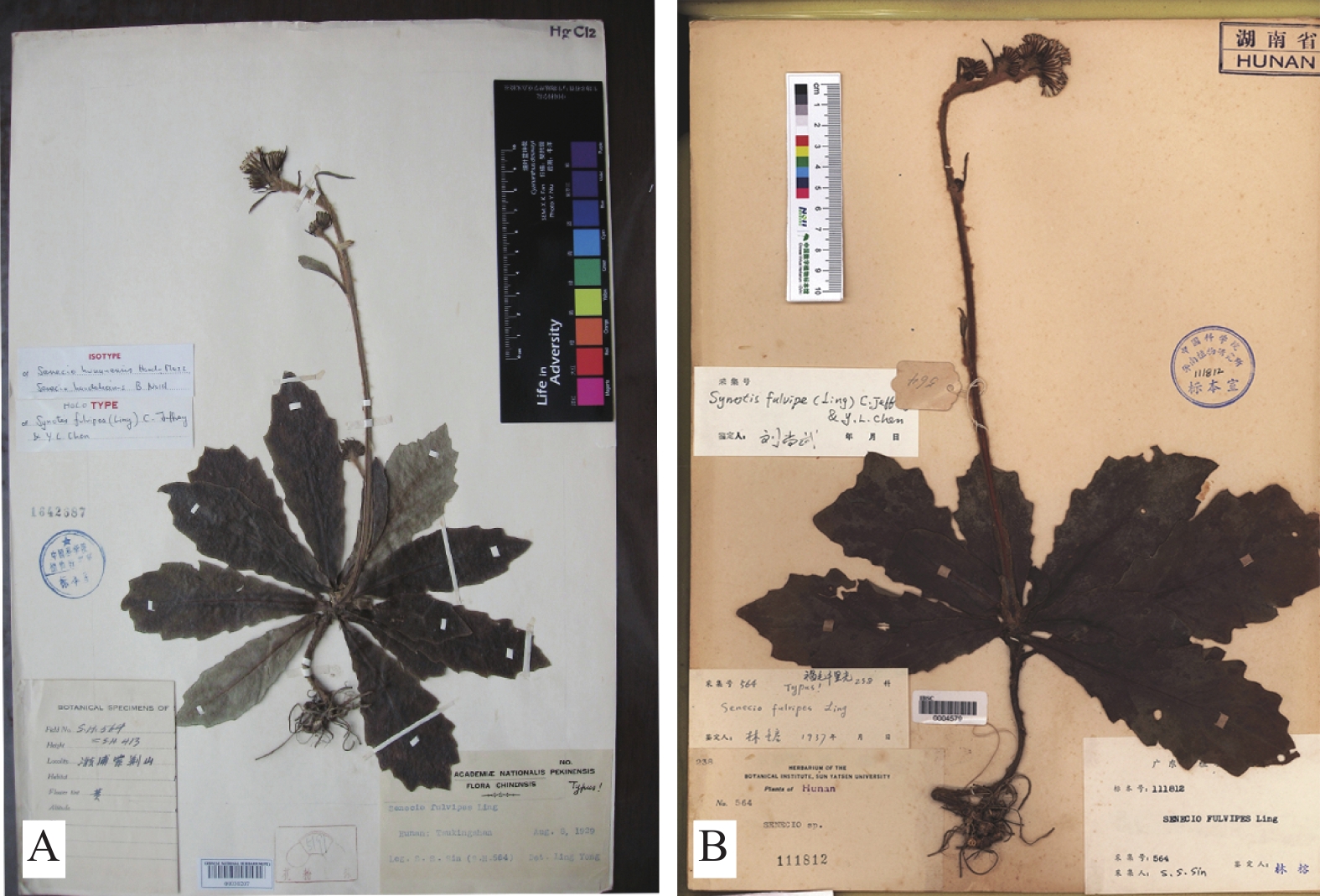



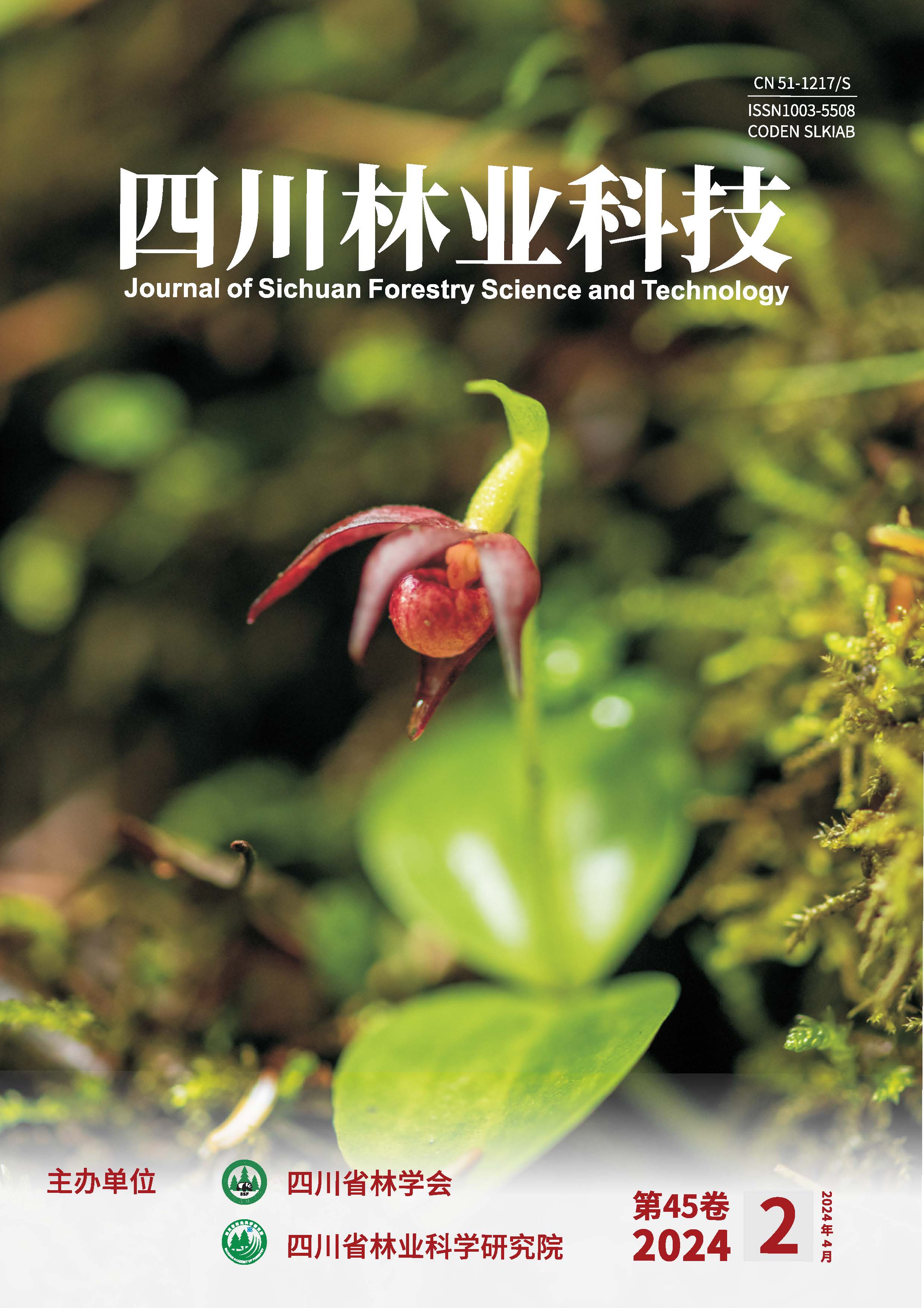
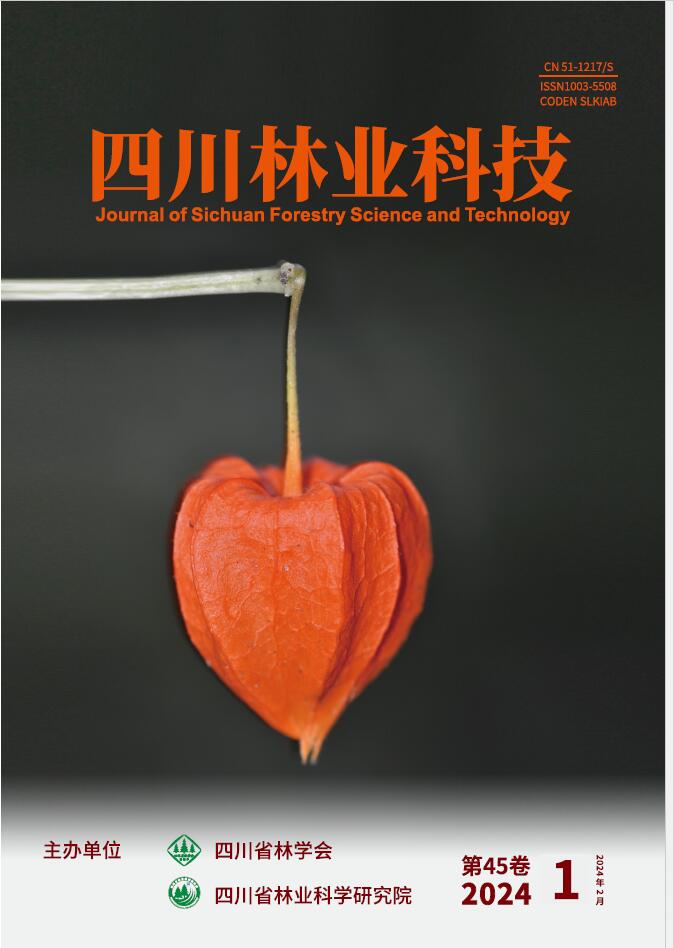
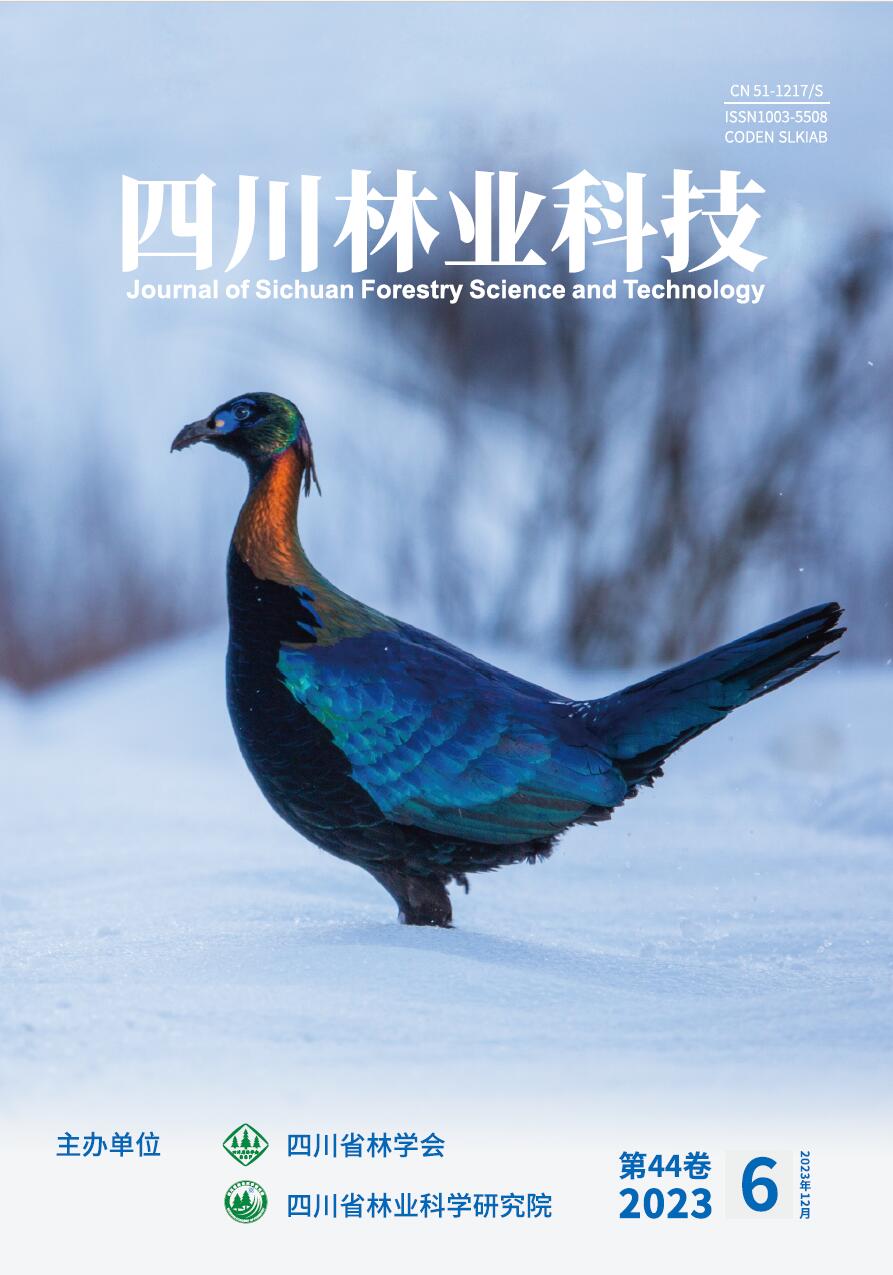
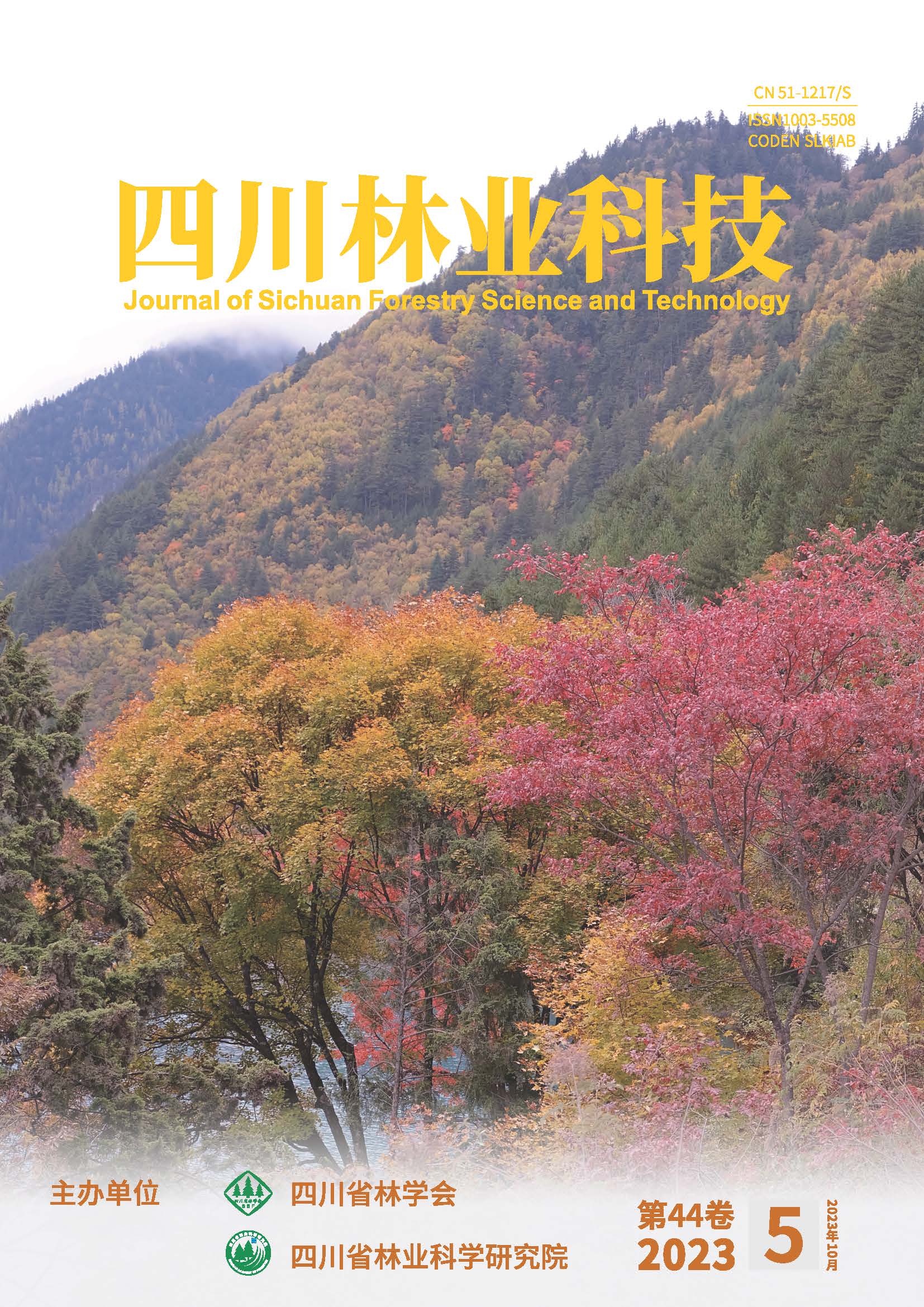
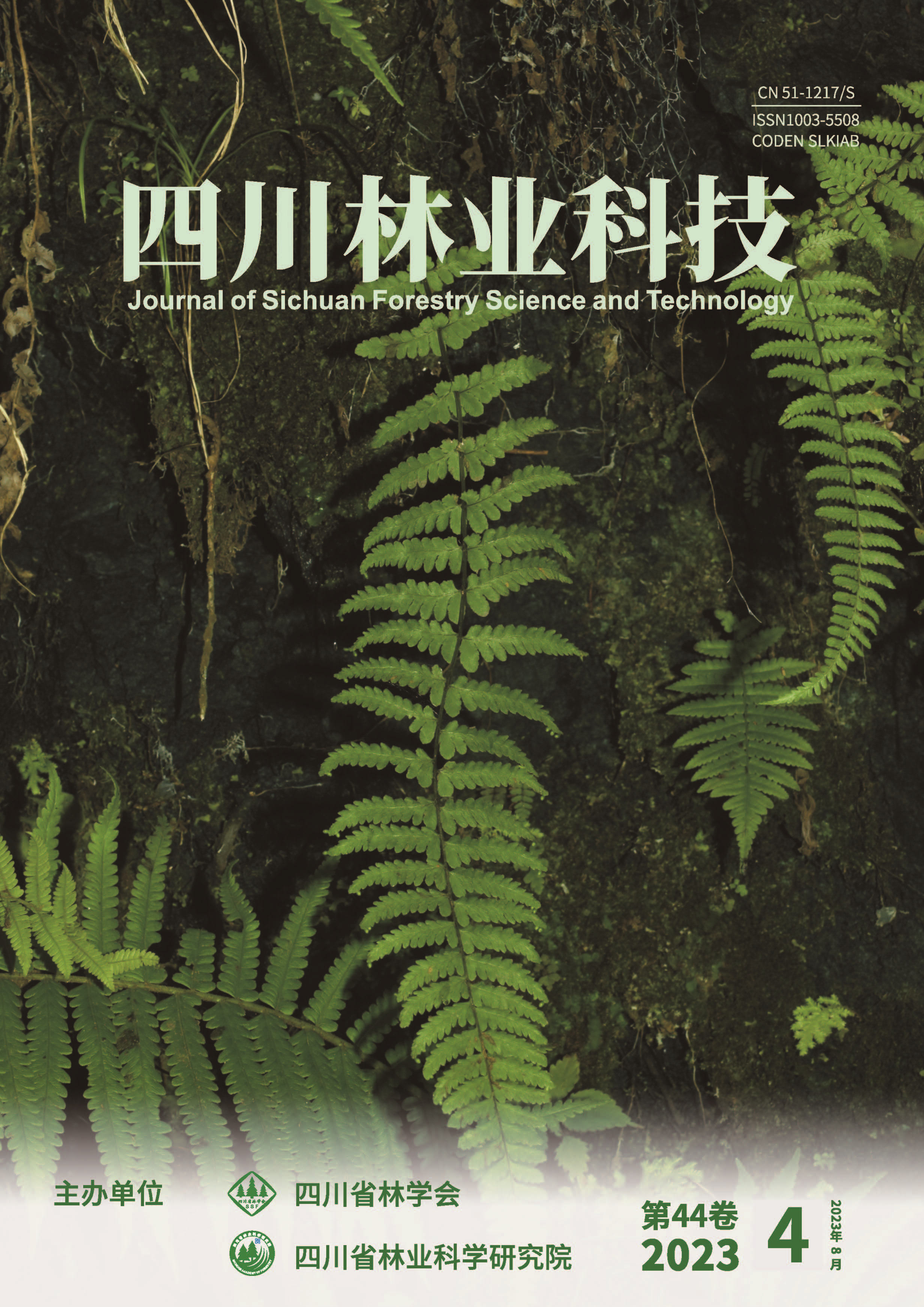
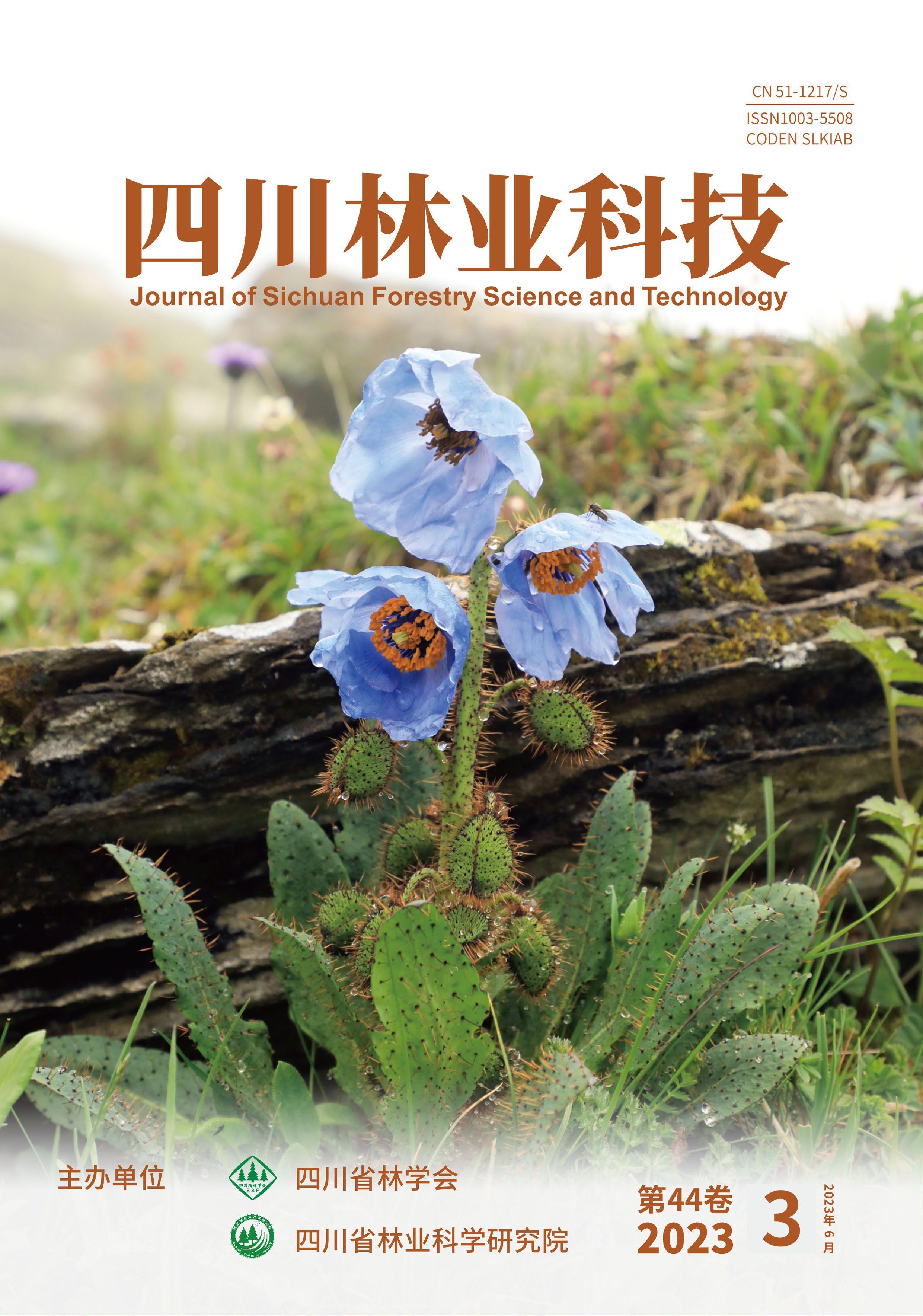
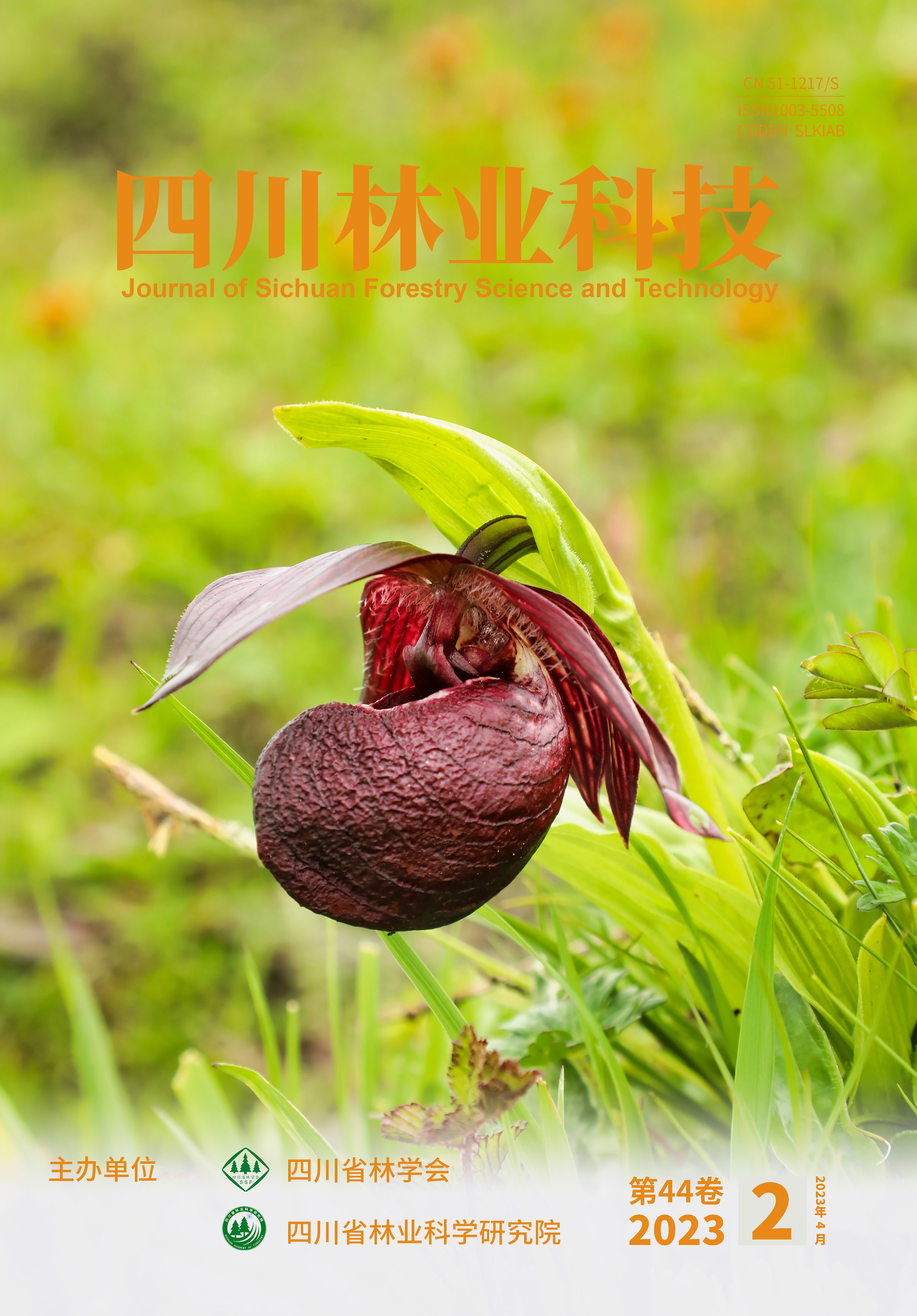



 DownLoad:
DownLoad:
